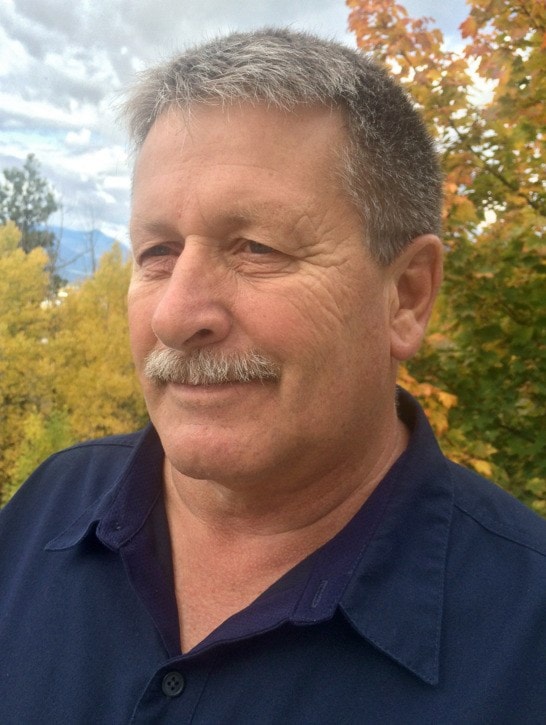Following the Second World War, Canada saw substantial growth and development through the ‘50s, ‘60s and ‘70s. A lot of the infrastructure from this growth (sewer, water lines, roads and paving) is now approaching the end of its useful life and will, in short order, require replacement.
A few years ago, the Town of Golden completed an asset management study in which it estimated the replacement of all its current infrastructure. It calculated the remaining useful life of the assets and the cost of replacement versus the reserve funds held for replacement. The estimate was that Golden was approximately $51 million dollars short of funding the replacement. A 2014 Calgary report suggests the city has an infrastructure requirement of seven billion dollars over the next 10 years and over half of that amount is required for normal maintenance and repairs of existing infrastructure.
Thanks to prudent past councils and a staff committed to a long term vision of our community, Creston is in a good position relative to other small communities. We have infrastructure commitments, such as road maintenance, and sewer and water line replacement and repairs, that consume a large portion of the town budget.
In the past, public works projects that qualified for grants have been funded on the basis of the municipality, the province and the federal government each contributing one-third of the project costs. At a national level there was discussion as to whether this formula was sustainable for smaller municipalities. The federal government has recently increased its contribution to 50 per cent for eligible projects, which, if the province continues to contribute one-third, will leave the local taxpayer to contribute nearly 17 per cent of any project cost.
People often comment that they don’t use as much water as their neighbour and they should pay less for their water. What they don’t take into account are the fixed infrastructure costs. The costs of the pipe and system to provide the water bear the majority of the expense. In fact, the cost of the actual water is a very small portion of the total cost.
Council has reviewed the costs of water meters (more detail on costs here) and concluded, at this time, the costs to install meters and maintain and collect the billing data would be prohibitive in comparison to any equitable savings.
When you look at your utility tax bills, think about the infrastructure costs. Sewer and water lines have a life expectancy, particularly on older lines where the materials did not have the longevity of modern piping.
Last year, the Creston Valley received grants totalling $2.92 million for phase 4 of the Arrow Creek water system to install a reservoir and 2.7 kilometres of pipeline. That project is currently being done. The local ratepayers, of which the Town of Creston is included through the Regional District of Central Kootenay, are contributing $1.46 million to that project. To complete the replacement of that pipeline, a further estimated $5 million is required for phases 5 and 6.
Infrastructure costs are a major portion of our tax costs that we don’t really see and often don’t consider.
Jim Elford is in his first term on Creston town council. Council Comment is a monthly column by Creston councillors.
